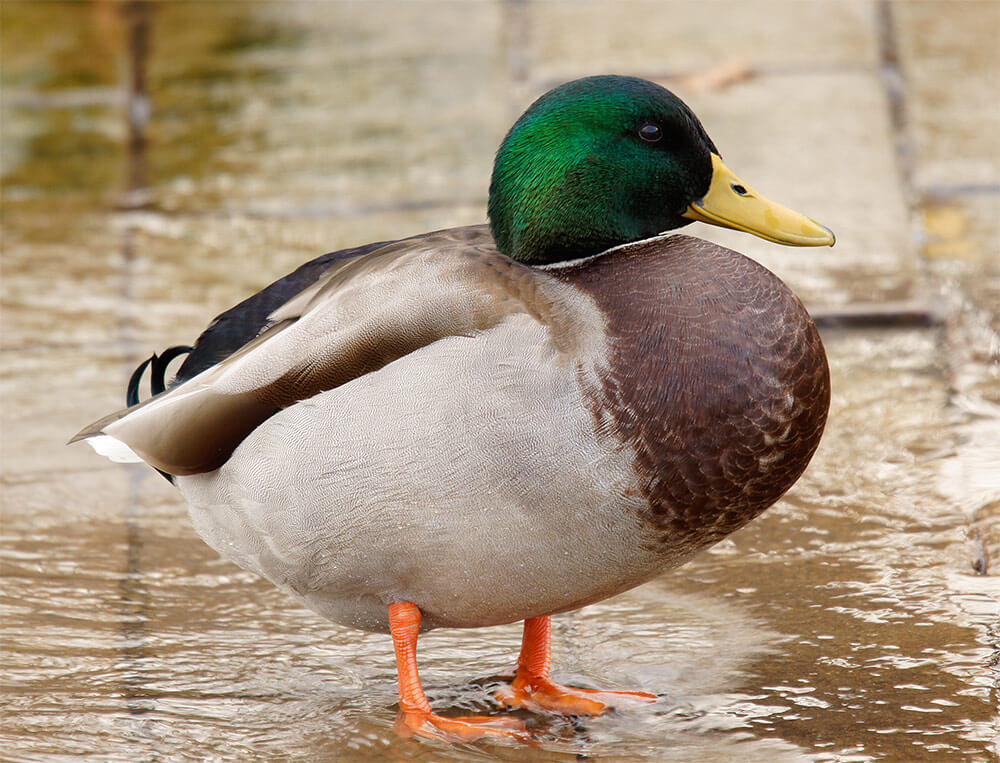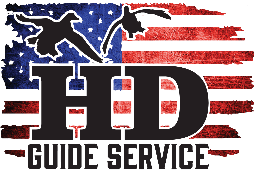
Biggest Mistakes in Duck Hunting
From poorly placed decoy spreads to misidentification of birds, there’s a lot of room for error when hunting waterfowl. Like any hunting, there’s usually a good amount of experience to gain before becoming proficient at it. That requires time. Blunders are part of the waterfowl hunting journey! Here are some of the biggest mistakes in duck hunting to try and avoid.
Not Following Gun Safety
This one especially applies to new or youth duck hunters. Regardless of the number of hunters in your party this duck season, stay in your lane when shooting at waterfowl. In most cases, keep your shooting window within the “10 to 2” area. When not sending a barrel full of steel shot skywards, it’s safety on and finger off the trigger. Keep the muzzle in a safe direction away from your fellow waterfowl hunters, body parts, and the bottom of the boat.
Unrealistic Calling
You need to speak the language. To do that, you have to observe live birds–lots and lots of birds. Observe what they do and when they use certain calls. Their vocalizations have a purpose. Learn how they use them, and then apply that to your hunting scenarios. Duck calling, like any other species, is an art form. When you get it right, you can pull ducks and other migratory waterfowl right to you, even if they’re on a different flight path. In the event you book with HD Guide Service, we even handle the calling for you!
Lack of Concealment
Whether your duck blind is a pit blind, a permanent blind, or a group of layout blinds, you don’t want to look unnatural in waterfowl habitat. Don’t just throw a duck blind into the middle of a public land field and call it good. This is a common mistake. Out-of-place elements are very noticeable from the air. Instead, blend into the area using edges, shadows, contours, and breaks. Also, put your blinds a fair distance outside of your decoy spreads. Curious what our blinds are like at HD Guide service? Check them out here!
